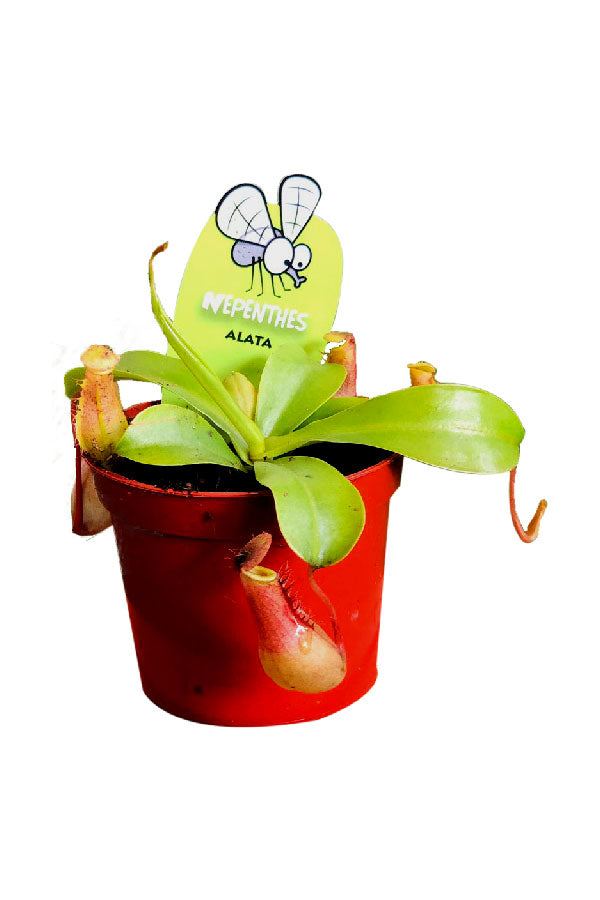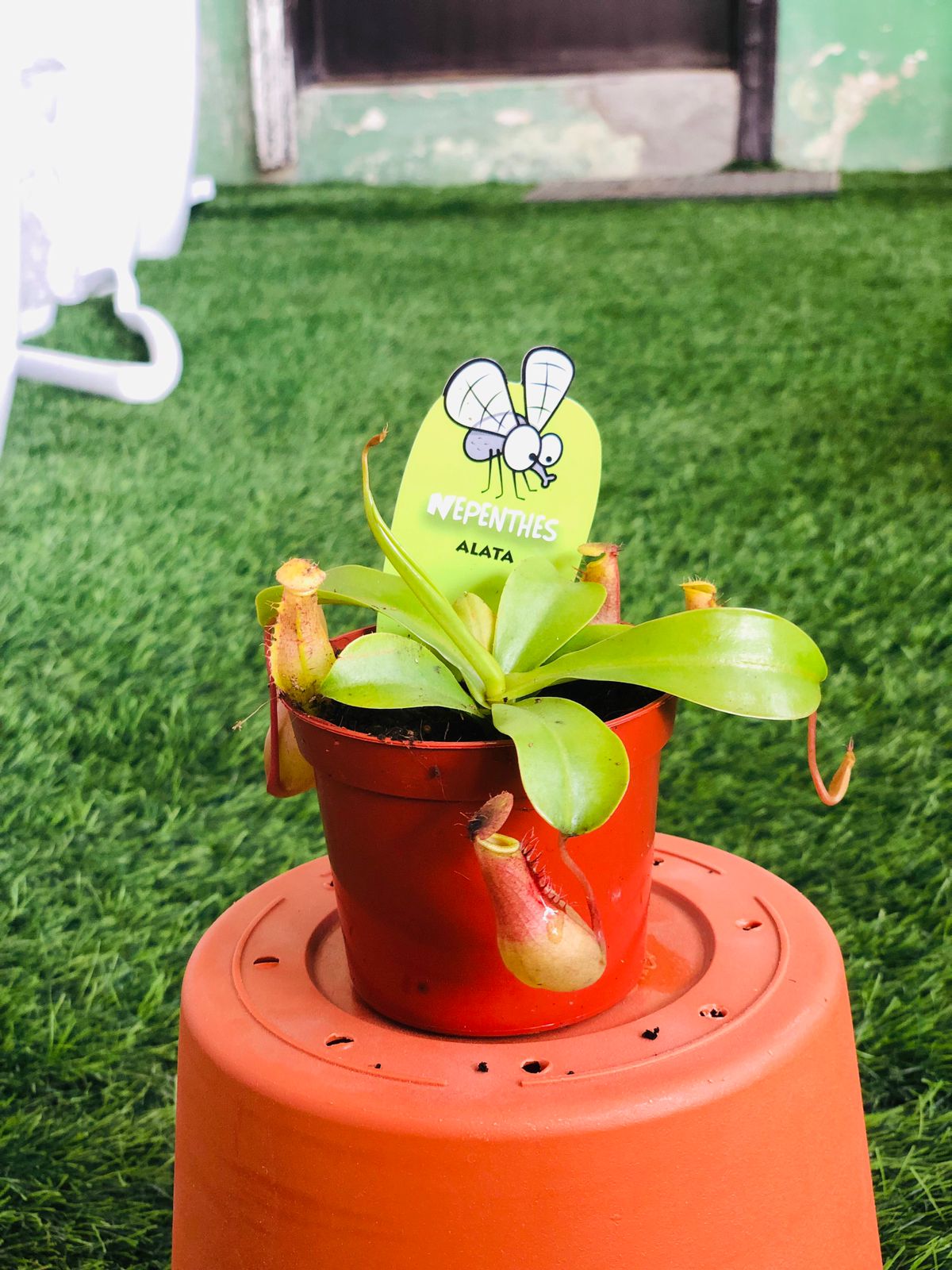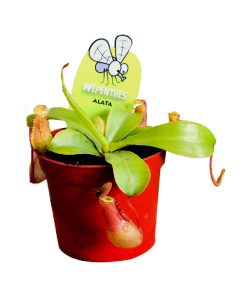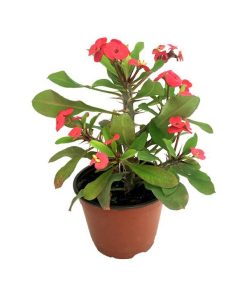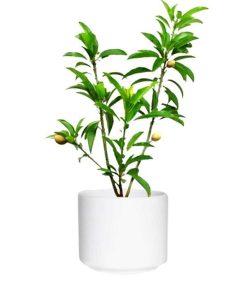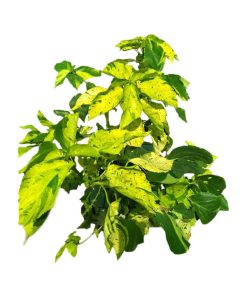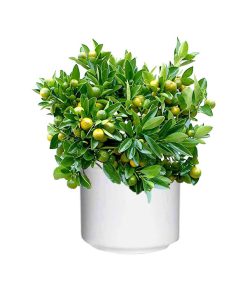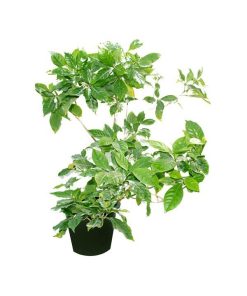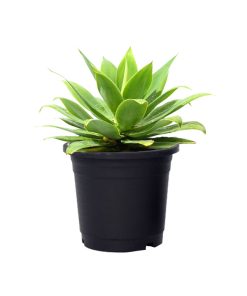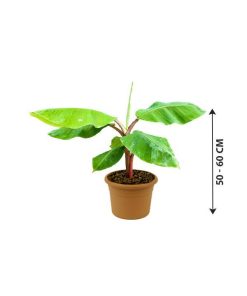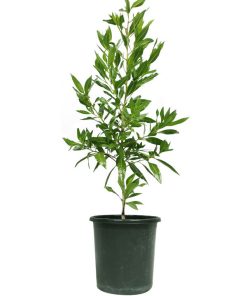Nepenthes Alata Plantsworld.ae
د.إ 75,00 د.إ 37,50
ABOUT THE PLANT
Nepenthes alata, commonly known as the Asian or Philippine pitcher plant, is a species of tropical pitcher plant known for its distinctive and carnivorous characteristics. Here are some key characteristics of Nepenthes alata:
-
Pitcher Shape: Nepenthes alata produces elongated, tubular, or flask-shaped pitchers that are adapted for trapping and digesting insects. The pitchers are usually green or mottled with reddish-brown spots, making them visually attractive.
-
Lid or Operculum: The upper part of the pitcher forms a lid or operculum, which helps protect the pitcher’s contents from rain, preventing dilution of digestive fluids and deterring larger prey from escaping.
-
Peristome: The peristome is a prominent, flared, and sometimes toothed structure that encircles the opening of the pitcher. It serves as a slippery landing zone, making it difficult for insects to escape once they enter the pitcher.
-
Nectar Glands: Nepenthes alata secretes sweet nectar around the rim of the peristome to attract and entice insects to land on it.
| Size | 10-15 cm |
|---|---|
| Pot | Nursery Plastic Pot, White Ceramic Pot |
Fast Shipping & Professional Packing
We are able offer many shipping options thanks to our long-term partnership with UPS FedEx DHL. Our warehouse staff is highly educated to pack your items exactly as per the specifications we offer. Your items will undergo an extensive inspection and will be securely secured prior to being delivered. We ship to thousands clients every day in a variety of countries. This shows our commitment to becoming the biggest retailer online in the world. The distribution centers and warehouses distribution are in Europe, as well as the USA.
Orders with more than one item are assigned processing times for each item.
We will thoroughly inspect all products before they are shipped. The majority of orders will be shipped within 48 hours. Delivery is expected to take between 3 and 7 days.
Returns
Stock is dynamic. It's not completely managed by us since we are involved with multiple parties such as the factory and the storage. So the actual stock may alter at any time. Please understand it may happen that your order will be out of stock once your order has been made.
Our policy is valid for 30 days. If you don't receive the product within the 30 days period, we're not able to issue the option of a refund or exchange.
The item cannot be used and in the original packaging. The item must be in its original packaging.
Related products
Outdoor Plant
Outdoor Plant
Outdoor Plant
Outdoor Plant
Outdoor Plant
Outdoor Plant
Outdoor Plant
Century Plant – Agave Americana Marginata (Desert Plant) – Outdoor Succulent Plant Plantsworld.ae
Outdoor Plant
Outdoor Plant
Outdoor Plant
Outdoor Plant
Outdoor Plant
Outdoor Plant
Outdoor Plant
Outdoor Plant
Outdoor Plant
